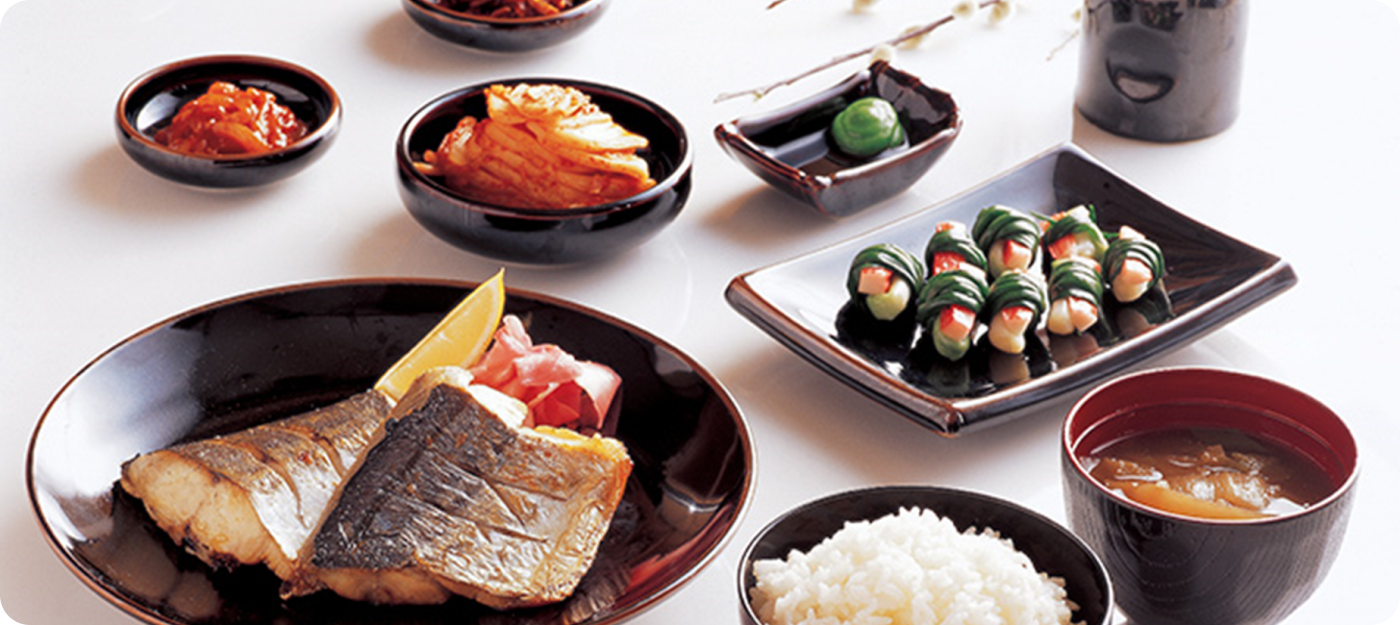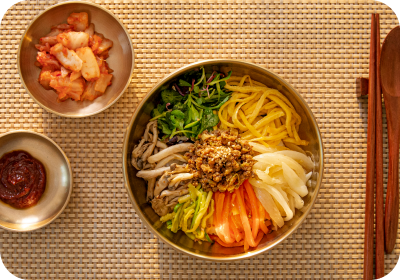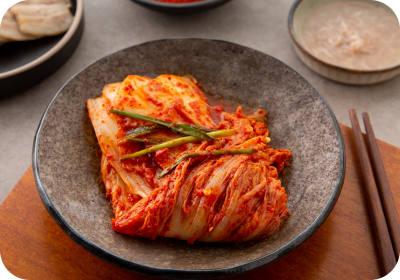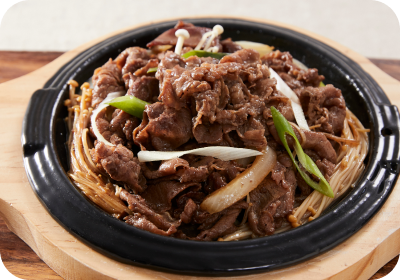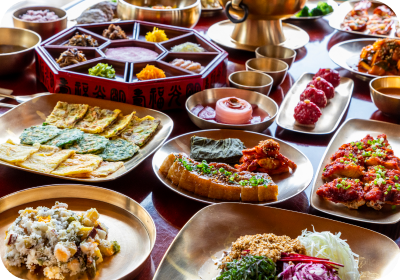About Korea
BNS, September 22 (Fri) - 23 (Sat), 2023 SIGNIEL, Busan, Korea

BNS, September 22 (Fri) - 23 (Sat), 2023 SIGNIEL, Busan, Korea
The Korean Peninsula is divided between the North and South, making Korea one of the few divided countries in the world.
Korea has four distinct seasons, each with their own stunning scenes. In the spring, forsythia, cherry blossoms, azaleas and many other flowers are in full bloom; in the summer, vacationers head to the coasts to enjoy the beach; autumn brings crimson colors to mountain foliage. In the winter, land is covered with a blanket of white snow.
The Korean economy is driven by the manufacturing and exports including ships, automobiles, mobile phones, PCs, TVs, and a wide range of other electronics. Korea has enjoyed rapid economic growth thanks in large part to its export-focused strategy. In 2018, Korea's GDP was USD $1 trillion 5,380 hundred million dollars (IMF). The nation boasts the world's 11th-largest economy (IMF 2018). Recently, Korean pop culture gains popularity over the world. Dramas and movies are widely exported and K-pop stars are also active on the world stage.
The total population of Korea is approximately 51.7 million (August 2017), with most of the population residing in the Seoul metropolitan area. Outside of Seoul, other large and economically advanced cities such as Busan, Incheon, Daegu, Daejeon, Gwangju and Ulsan also have higher population densities than other cities in Korea.
The Republic of Korea (ROK)
Seoul
Korea Peninsula : 223, 477㎢
South Korea : 100,339㎢
51.24million
Democratic Republic, Presidential System
Yoon Seok Yeol
Korean (Writing System : Han-geul)
GDP : US$ 1.411 trillion
Per capita GNI : US$ 27,561
GDP Growth Rate : 2.8%
Won (US$1=1,130 won)

